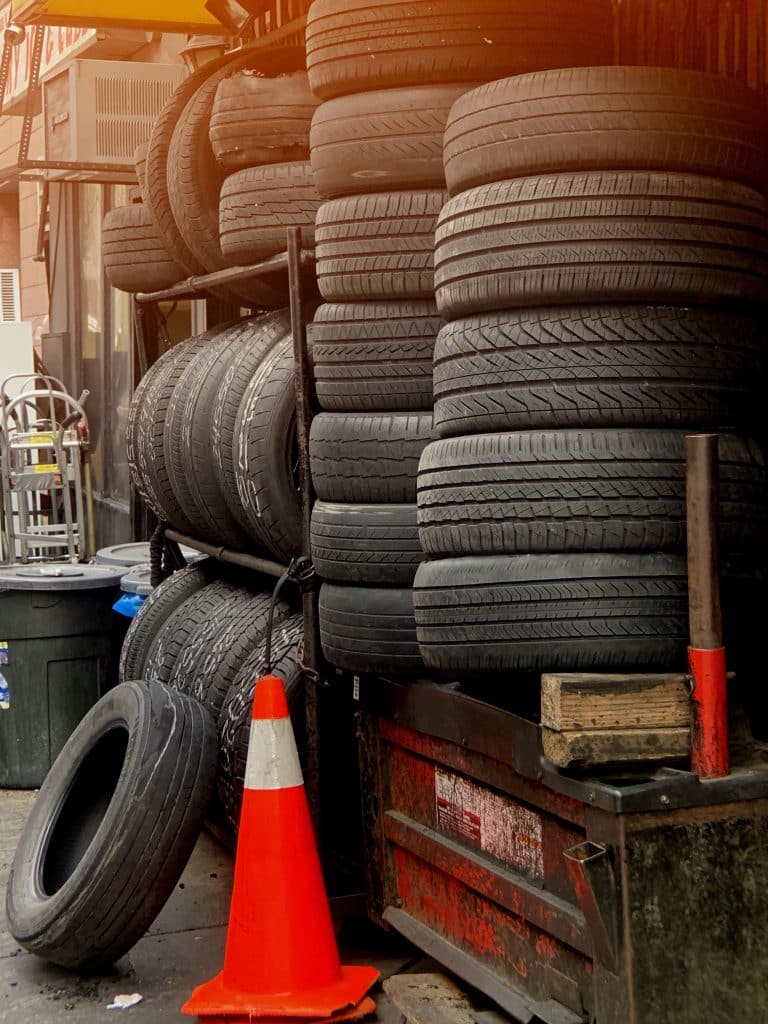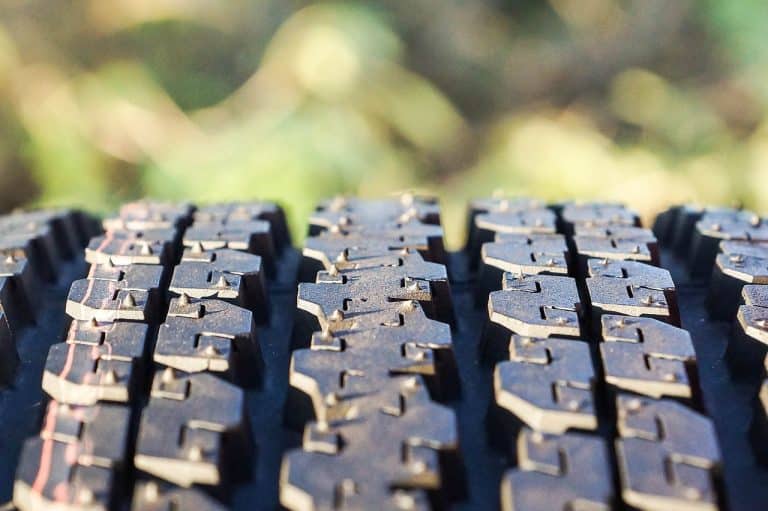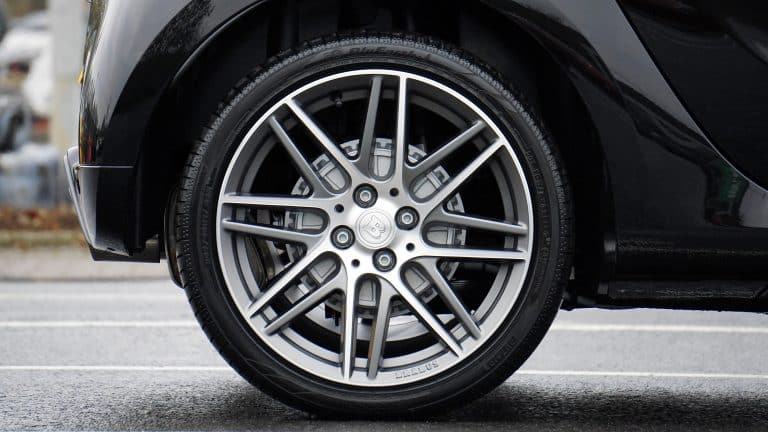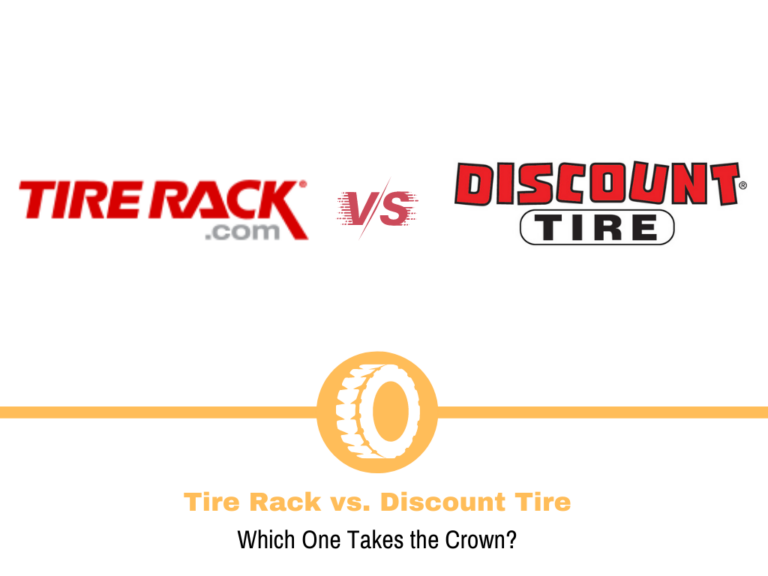Why Is Tire Age Important and How It Affects Performance?
A car is a complex piece of machinery comprising of parts that wear out. The details about this vary depending on which part we’re talking about, but for some, age can be a factor, regardless of how you use the car. Perfect examples are tires and oil.
Both serve a certain purpose, but even if your car sits in a garage for months or years, you’ll need to replace them at a certain point. You probably know where this is going, since it is a tire website.
A common misconception among car owners is that tires are good if the tread depth isn’t too low. Sure, that’s one way of looking at it, but tires can be bad even if the tread depth isn’t below 2/32 inches. Age plays a crucial factor in how a tire performs.
The inspiration for this article is from a thread on Twitter, so guys, I hope you’re reading this; you might learn a thing or two.
What Effect Does Age Have on Tires?
For the most part, tires are made from rubber. Regardless of how well you isolate your car from all weather conditions, as tires age, the rubber compound dries. Once they reach a certain “drying” point, the tires won’t be able to deliver the performance they did when they were new. Fast forward a few more years, and you’re looking at unsafe tires with poor grip and traction levels and longer braking distances.
Why Do Tires Age?
Before I explain how age can affect a tire, I first need to explain why. The main part of tires is rubber, the part responsible for the performance. Manufacturers use multiple materials to get something strong enough to survive and soft enough to deliver performance. Things are much more complicated than this, but for the sake of this guide, this is all you need to know.
While we use the term dry, rubber doesn’t dry in the literal sense. There is some moisture in the rubber, but it isn’t the core reason rubber dries.
If you leave a piece of rubber exposed to the elements, it will start to dry and crack. It’s a long process, but it’s investable. On a microscopic level, heat, light, and oxygen create new cross-links, reducing the flexibility of the rubber. After a while, the rubber becomes brittle and will start to show cracks.
Modern rubber compounds for tires have many additional elements. Each one has a different purpose and the important one for today is antiozonant. On paper, this element should prevent the drying process, but in reality, it slows it down. The tire will harden, but at a slower rate than before.
How to Find a Tire’s Age?
If you’ve ever looked at a tire’s sidewall up close, you’ve noticed plenty of markings: brand, model, size, load rating, speed index, and many more. Among the many you’ll find is the production date, or week, to be precise.
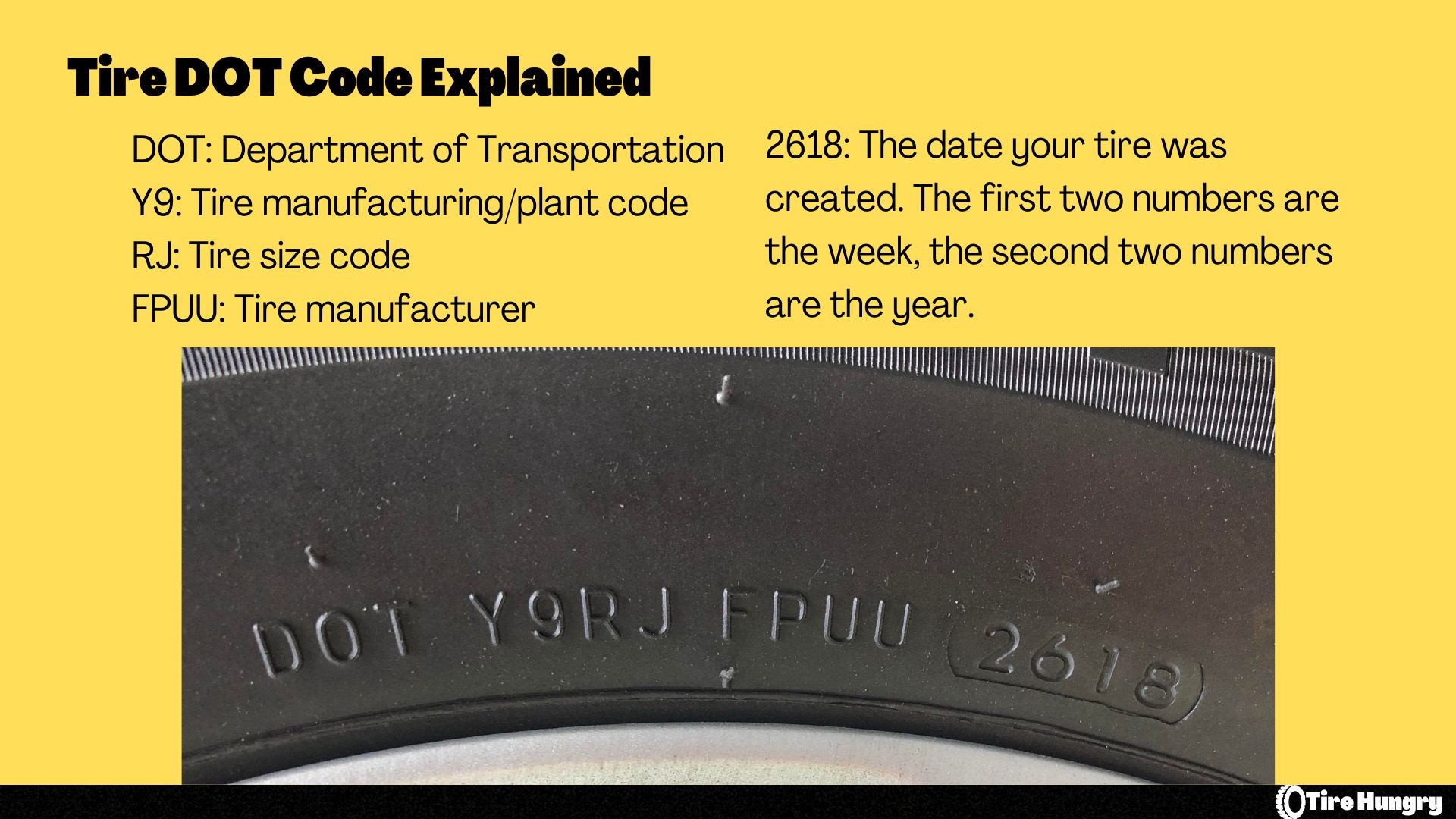
The production week of a tire is part of the DOT code or TIN, a standardized system of marking the tires. Manufacturers include information in these codes, and can come in multiple lengths. Regardless of that, the last 4 digits are always reserved for the production week.
Out of those 4, the first two are the production week of the year, and the other two are the year. For example, if the code says 37/20, the tire is produced on the 37th week of 2020, roughly mid-September. Equipped with this knowledge, you can estimate that the tire is about 2 years and 1-month-old.
How does Age Affect Performance?
Multiple elements handle the overall performance tires have. Among those is the rubber compound.
The key to a good-performing tire is flexible rubber, especially when discussing dry performance. In those conditions, the tire relies on the contact surface and the minor flexibility of the blocks to “stick” to the road and deliver grip and traction. Yes, there are other elements involved as well, so don’t start criticizing my lack of knowledge.
On the opposite side of the spectrum, we have cold weather, another area where flexibility is crucial. The easiest way to explain this is with summer tires in winter. They are designed to be flexible in summer but harden in winter, so their performance is poor.
You probably have an idea of what an old tire can do when it comes to performance. Depending on the age, you’ll have reduced grip and traction levels if you compare them with a brand-new tire. Safety also takes a hit, as the braking distances will be longer.

Another area of safety is integrity. The rubber works in combination with the internal construction to keep the tire performing as optimally as possible. Once the rubber dries, you will notice cracks in the tread. Some can be minor surface cracks, but others can run deeper. As these cracks show up, the gap can cause the steel belts to separate, creating a weak spot. With enough “persuasion,” the internal pressures and external factors will cause the tire to rupture.
In most cases, this failure happens at higher speeds. A tire is rated at a certain maximum speed when it’s new. This means that once it shows its age, it won’t be able to survive at the same speed. Luckily, there’s plenty of headroom when you’re getting new tires. They are usually rated a little over your car’s top speed, so you should be fine if you’re not over the speed limit.
How Long Should Tires Be Used?
The answer to this question depends mainly on how much you drive. If you rack up 40 thousand miles per year, tire age isn’t something you’ll have to worry about, as you’re probably replacing them every two years. Let’s remove the mileage from the equation to explain things better.
There is no rule about how old the tires should be. Manufacturers usually have some recommendations in their marketing material, but in every single one, there’s an asterisk. It means that there are certain conditions under which the model in question can survive for as long as the manufacturer claims. Here’s a good example of that.
A while ago, Michelin Malaysia had a campaign called “Tires are not bananas.” The goal was to explain to people that tires produced 3 years ago perform the same as tires produced yesterday. It sounds good, but even Michelin says this applies if we keep the tires in recommended storage conditions.

Conditions are the main reason there isn’t a straight answer to the question above. You can take the same tire model and fit it to different cars driven in different conditions, and you won’t see them age the same. The driving style, temperature, how you store the tires, and plenty of other aspects can impact this.
I risk getting crucified about this, but I wouldn’t recommend using tires for over 5 or 6 years. I know Michelin says they’re good for up to 10, but hear me out. The claim says “up to 10 years”, so it’s not like there’s a timer in the tires. If they’re kept in poor conditions and exposed to the elements, you’ll barely get half of that.
With that said, the number can be lower depending on the quality of life the tires had.
My old Corolla has 6-year-old Hankook tires fitted, and they’ve already showed cracks. This is because the car is parked in front of the building, and I kept the tires in a basement when the winter tires are on. If I had kept them in better conditions, the “damage” wouldn’t have been as extensive.
How to Prolong the Life of Your Tires?
Now we’re asking the real questions, but don’t expect wonders or how many more years you’ll get.
For the most part, tires get a reduced lifespan if they’re exposed to the elements. The more you “protect” them, the longer they’ll last. In most cases, parking your car in a garage can do wonders for the longevity of the tires. They won’t get baked in the sun, and the temperature differences between night and day won’t be as large. In an ideal world, you can park your car in a garage with climate control and keep things as even as possible, but few of us can afford that.
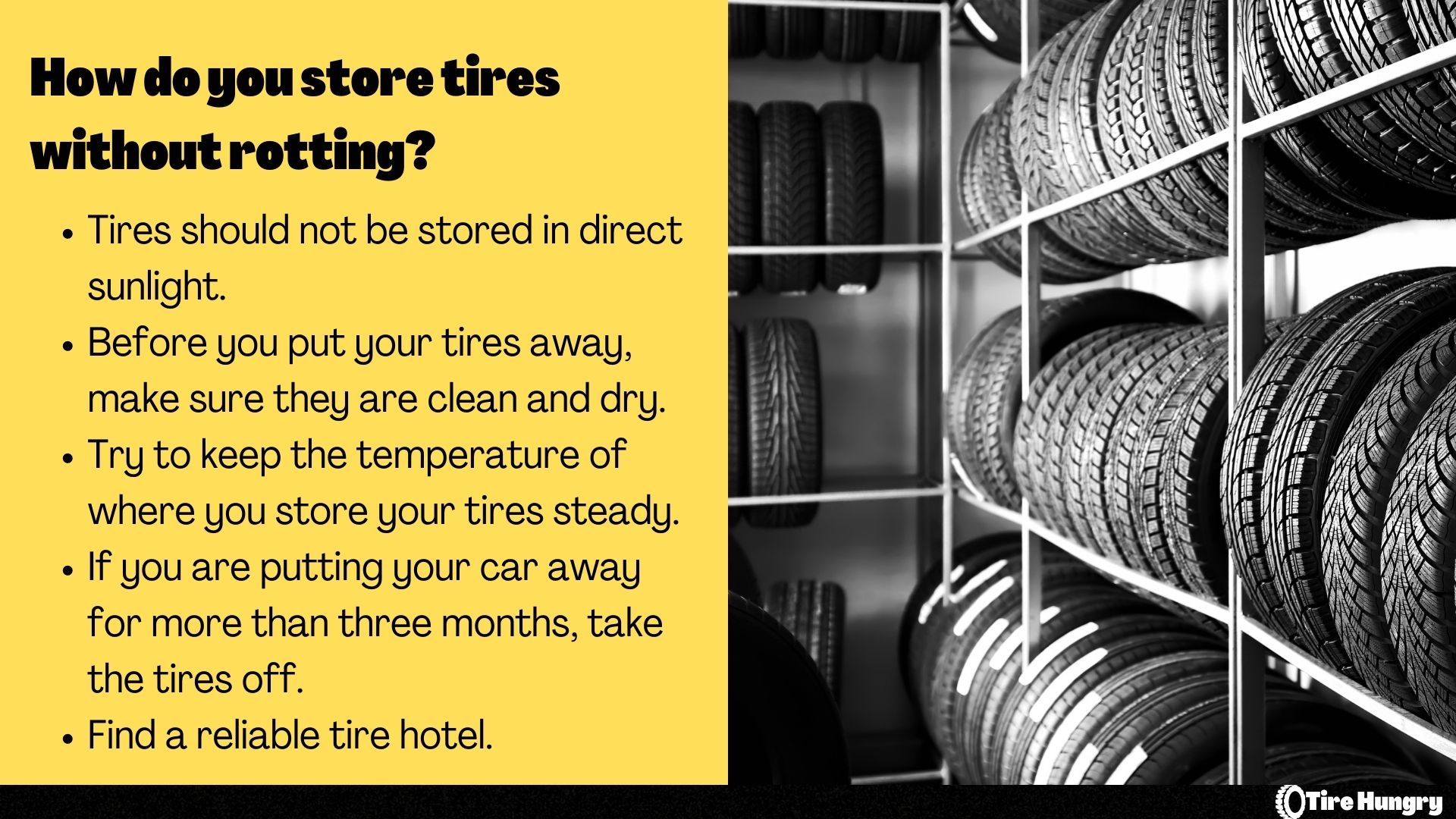
If you’re like me and go with the summer and winter tire options, another way to extend the life of your tires is by how you store them. The tires for my Corolla are in a basement, which is far from ideal. Sure, it protected them from the sun, but the conditions aren’t ideal. For this, I’d recommend taking them to a tire hotel. The conditions are better and depending on which hotel you go to, the price won’t be too high.
This not only keeps the tires in a better environment, but also frees up space in your garage.
Protecting your tires is one thing, but figuring out how much more life you’ll get out of them is impossible. Every model is different, and each compound varies from one to the other. You can get a bit more life out of them, but no one knows how much.
Conclusion
It’s controversial to think that an average Joe knows more than engineers from Michelin and makes some claims that tires should be replaced after 5 or 6 years. I know how it sounds, but I also know that people don’t pay too much attention and don’t care for them properly.
Tire age is an area many people don’t even pay attention to and rely only on tread depth. In reality, we should consider both aspects as both can lead to loss of performance and safety.
An old tire is an unsafe tire. The way I’d go about determining this is to inspect my tires. As soon as I notice a crack, regardless of how small , I already start planning for the next set. With age, tires get less flexible, so cracks appear. If you notice one crack, many more will come soon.
Care for your tires and replace them when necessary. They are the only thing that delivers the performance and keeps you safe.

